Art That Sings – Artist Stefan Geissbühler
Most houses look the same: four walls, a door, windows that peer out as much as they peer in. It’s the quintessential blueprint. Even avant-garde architects rarely stray far. Because what sets a home apart isn’t its presentation to the cars passing by but the organs at play within. On a nondescript street in a suburb outside Denver there is one particular home that goes unnoticed, except for those who have had the pleasure of stepping through the front door. What meets them inside is art that sings.
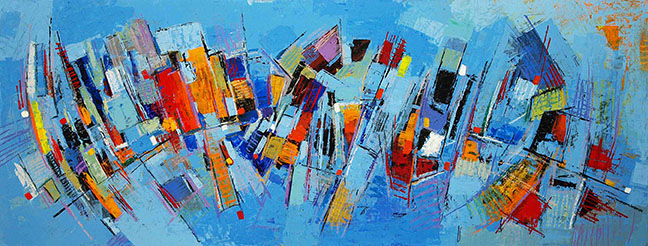
Parking in front of two garage doors on a late June day my dashboard cried 100°F. I prayed my GPS not only lead me to the interview but an air-conditioner. It did. Wearing athletic clothes and enough of an accent to betray his upbringing among the sierras of Switzerland, Stefan Geissbühler invited me inside. While exchanging pleasantries my eyes were drawn to the panoply of artworks that beamed around the house. It was a life’s living museum. With a warm handshake our interview began.
Geissbühler’s works are steeped in the legacy of abstract expressionism: the 20th-century movement that connected disparate artists by their fierce individualism, e.g. Jackson Pollock, Mark Rothko and Helen Frankenthaler, among many others. Popular imagination ties the abstract to the realm of anything-goes. But gazing at Geissbühler’s works scattering the sunlit studio it was apparent that popular imagination lives in its own fantasy.
What is presented in Geissbühler’s art is not random but a conscious plan put into action. “The idea is key. Doing the painting is easy,” he laughs good-naturedly. Often, his process begins with a brief mockup, either done by hand or digitally on an iPad. Then, the ritual is set in motion. Music coats the walls and the brush plays acrylic, and Geissbühler sets to work. It’s an automatic creation. “When my head isn’t involved in the game it’s much better. It’s more of a feeling type thing. Just go with the flow.” The flow relies on emotion and memory, inextricably intertwining the two.
Anyone who creates draws on their life for inspiration. Geissbühler packages his experiences into groups of works, such as The Pure Expression Series and The Mediterranean Series. Each includes paintings that follow a stylistic choice. “In your mind you’re going back you feel like you’re there again. How did this place make me feel? How did it inspire me? And then translate it into the paintings.” What need is there for a smartphone camera when images are snapped to fingertips waiting to develop through a brush?

In his studio sat a commission: a triptych of colorful owls mounted on a smooth black board, a member of the fitting The Owl Series. Pointing to the set I asked Geissbühler how long he can stick with any single series. “For me, art has always been about staying fresh, doing something fresh in my mind, doing something that I’m interested in doing. Sometimes you come to a dead end and that’s it. And then there are other themes, and it depends on what you’re passionate about in life too.”
Of course, Geissbühler wasn’t always an artist who knew what direction to take. He was a child first. Both of his parents were artistically inclined. His father worked as an art teacher. But it was a family friend who tied the knot that weaved Geissbühler’s DNA around art. An artist named Paul Schmiddt who was a kind of Renaissance Man. His example taught Geissbühler that creating isn’t just a palette and a canvas but sweat and hardware—and ingenuity.
He didn’t pop out of adolescence and into an artistic career. Geissbühler created by night and cheffed by day. I asked him if there’s a connection between the kitchen and the studio. “Color may have to do something with it. You create colorful plates,” he pauses. “There are a lot of artists who became chefs and a lot of chefs who became artists. They have to eat, maybe that’s why,” he laughs. Cuisine has its own aesthetic rules but irregular hours made it difficult to be creative outside of the kitchen. To draw until three in the morning only to wake up at six is a lifestyle with an expiration date.

In 1992, Geissbühler moved to the United States and pursued art with all of his energy. A saner routine helped: coffee in the morning, exercise in the early afternoon, and then the clock set aside time to paint. Not that he creates every day. There’s time for painting and time for life’s endless itinerary: preparing for art festivals, applying to shows, maintaining his website, and never-enough appearances on social media.
Still, all of this adds up to a painting. “Art is not just an aesthetic thing: it’s an expression of the artist; it’s sharing ideas you have; it’s sharing life experiences. It all has its merit as long as it’s created with passion. I hate the word passion, but as long as you do it with your heart… If your heart’s in it and you feel the artist in the work then it’s right.”
As I gazed at Geissbühler’s varied oeuvre one piece in particular caught my eye, a member of The Whimsy Series. Soft colors sculpted on a vaporous blue appear to be rising up from the canvas. It stirred the image of jazz musicians playing as the tide takes a rest. Like all of his work it’s a playful collage, full of energy and youth, and one that encapsulated everything I had taken away from Geissbühler and his work that day.
I could define the sensation in a single word. And It’s one Geissbühler uses often in his painting’s titles. So, I asked him about it: what does “whimsy” mean? “Whimsical is a broad term, but to me it has to have a feeling of positivity. It has to have a lightheartedness about it.” He adds, “And the colors and the texture and the lines and everything; it gives it a freedom. You don’t feel like you’re inside a drawer or inside a box.” It’s the description that summarizes not just painting but a philosophy.
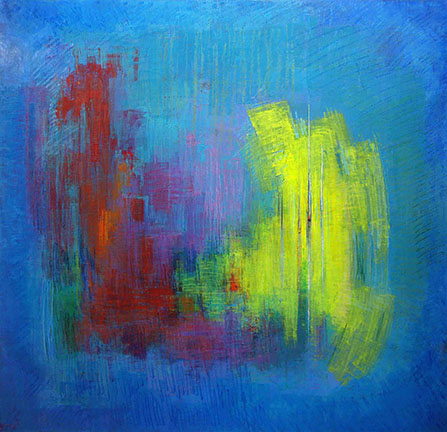
If it’s not obvious, Geissbühler delights in communicating with anyone interested in art, whether its his own or not. But he waits for the questions. Like any artist comfortable in his medium he wants you to investigate his works, rather than tell you about them. And it’s why he thrives at festivals. “I like that I can meet someone who’s interested in my work.” The festivals don’t form a proving ground but a space to hear people’s comments and criticisms. “Just communicating with them I find stimulating and exhilarating. In pursuit of self-improvement we need to communicate.” He adds, “Art is sharing with somebody.”
Stefan Geissbühler had shared his art with me, and as I prepared to leave the four walls of the seemingly ordinary house I was struck with an epiphany. I had arrived to profile an artist and his work. It was a confusion. It’s not Stefan’s art that sings, but he who sings. A life of creativity that flows over time’s hills, up and down with the beat, using the entirety of the orchestra to compose a piece that never stops playing. It’s art that sings with acrylic, cardboard, two by fours, sweat, iPads, saxophone, trombone, and memory. Here is an artist who lives for his art, and in return his art sings for him. Anyone else can hear the song who takes the time to listen.
—
You can discover more of Stefan Geissbühler’s artwork by visiting his website at http://www.artthatsings.com.
Stefan Geissbühler is also in Miami during ArtBasel as part of the ARTBOX Projects, December 2-8, 2019 at the Eduardo Lira Art Gallery, 2075 NW 2nd Avenue, Miami, FL, 33127


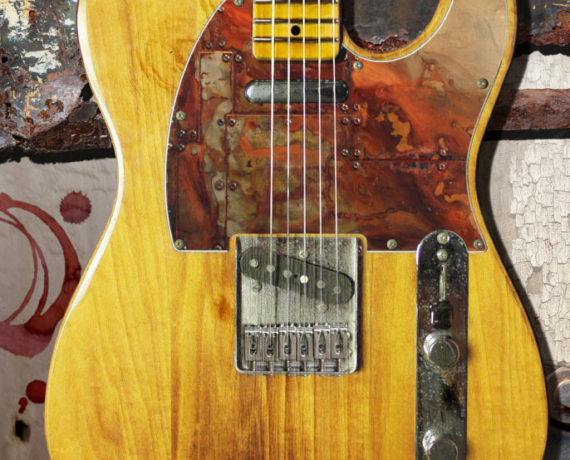
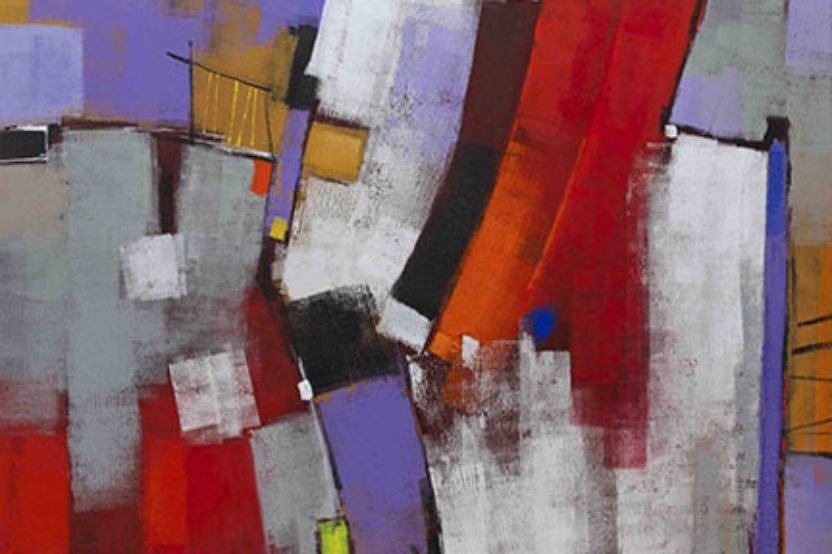
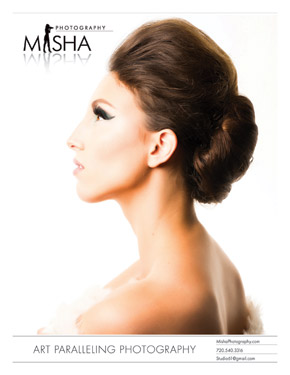

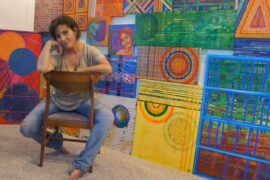
 Architects of Art: In the Course of Time
Architects of Art: In the Course of Time  Random Seed, A Fractal Artist Update
Random Seed, A Fractal Artist Update 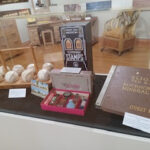 Discovery Through Preservation, Mesa Historical Museum
Discovery Through Preservation, Mesa Historical Museum 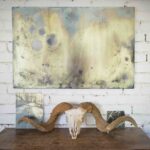 Looking Glass, A Reflection of Time – Norman Broomhall
Looking Glass, A Reflection of Time – Norman Broomhall